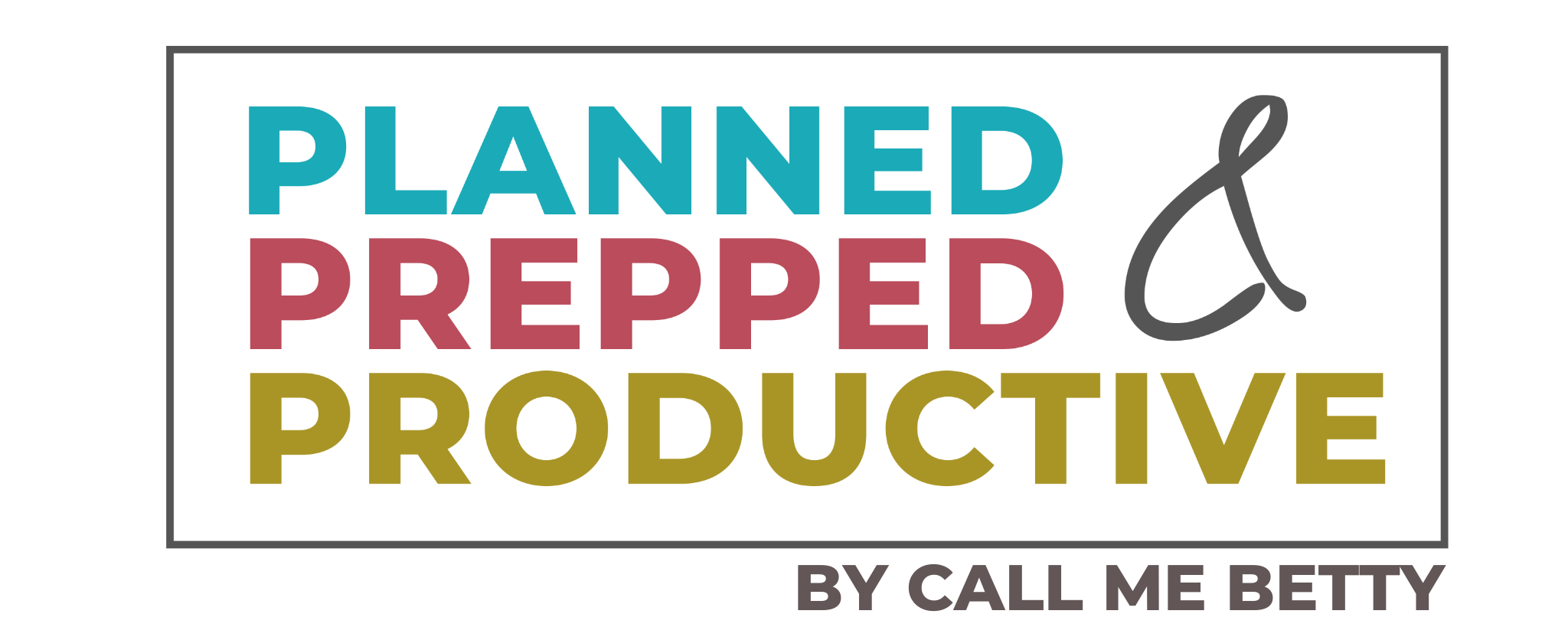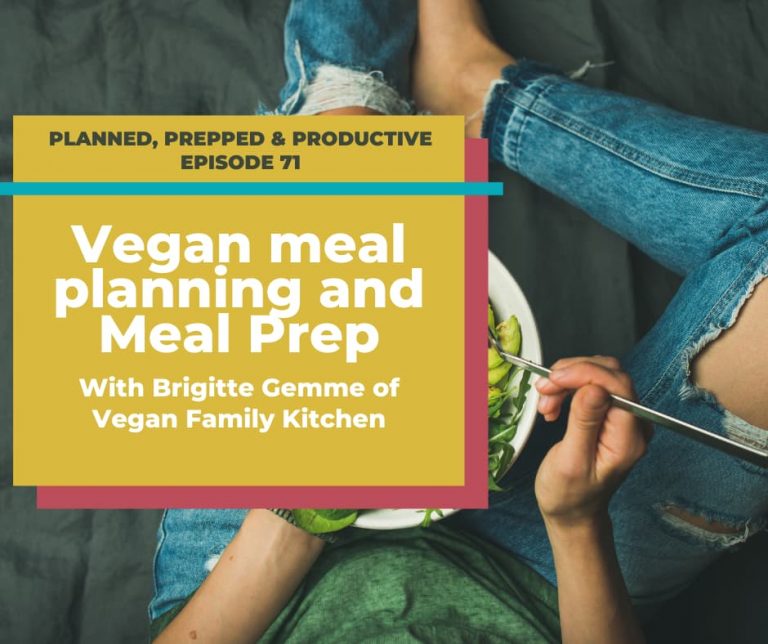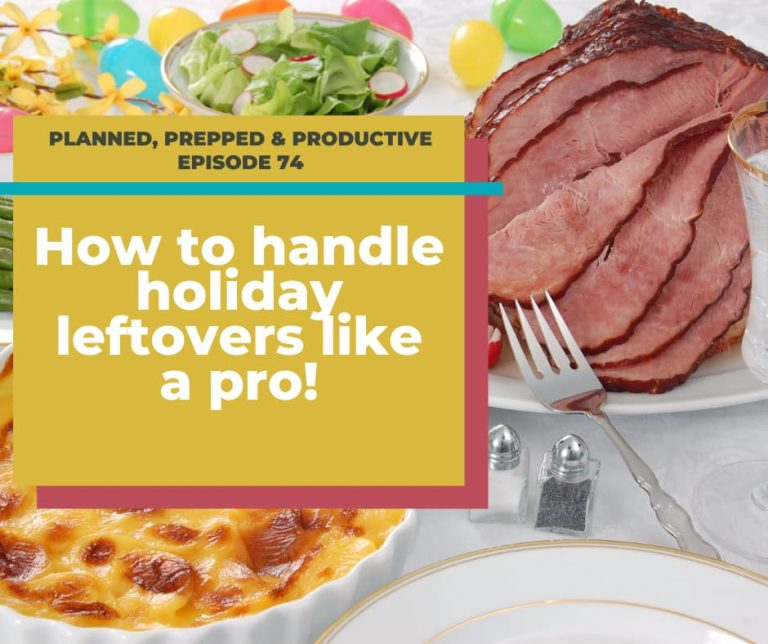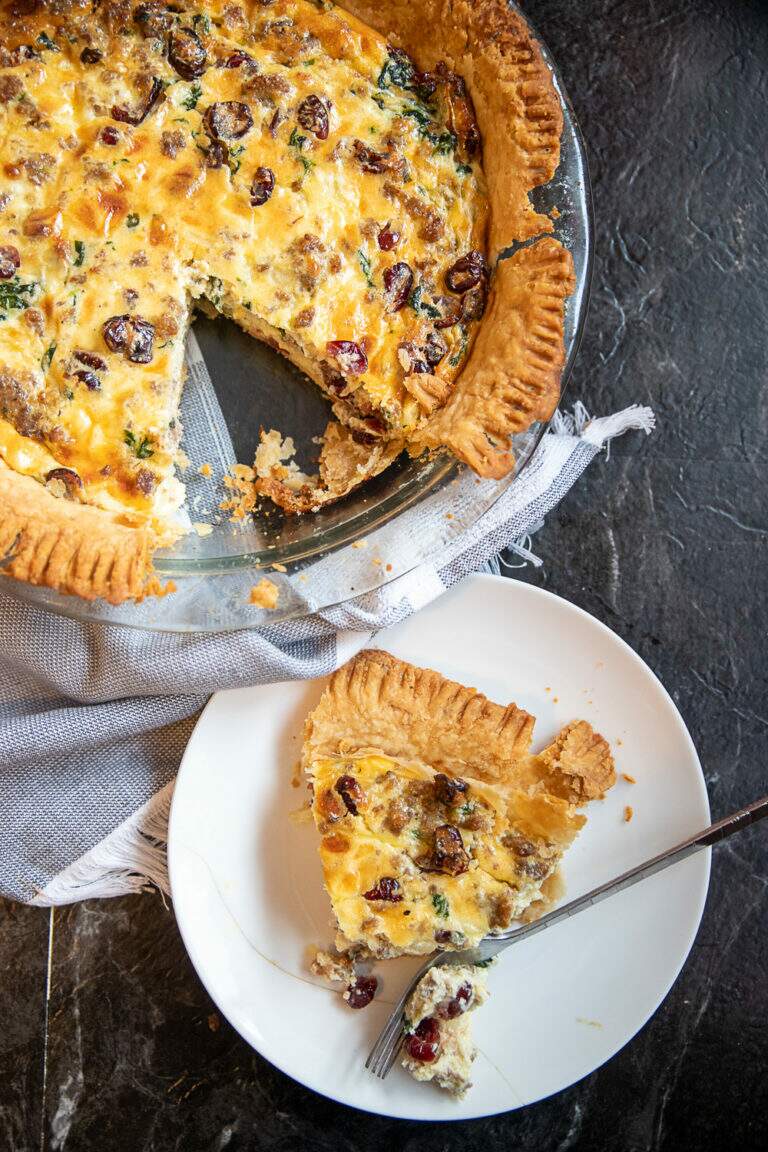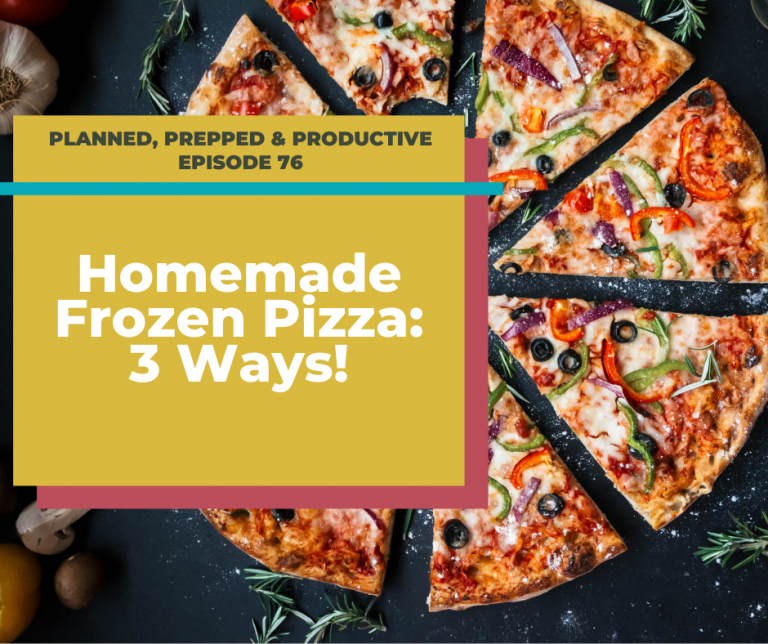How to preserve your summer harvest (without canning)
Love to garden, but hate to can? No worries, there are lots of options for caring for your garden produce through the winter that don’t involve any of that waterbath nonsense. Read on to learn more about how to preserve your summer harvest!

Hi All, and welcome back!
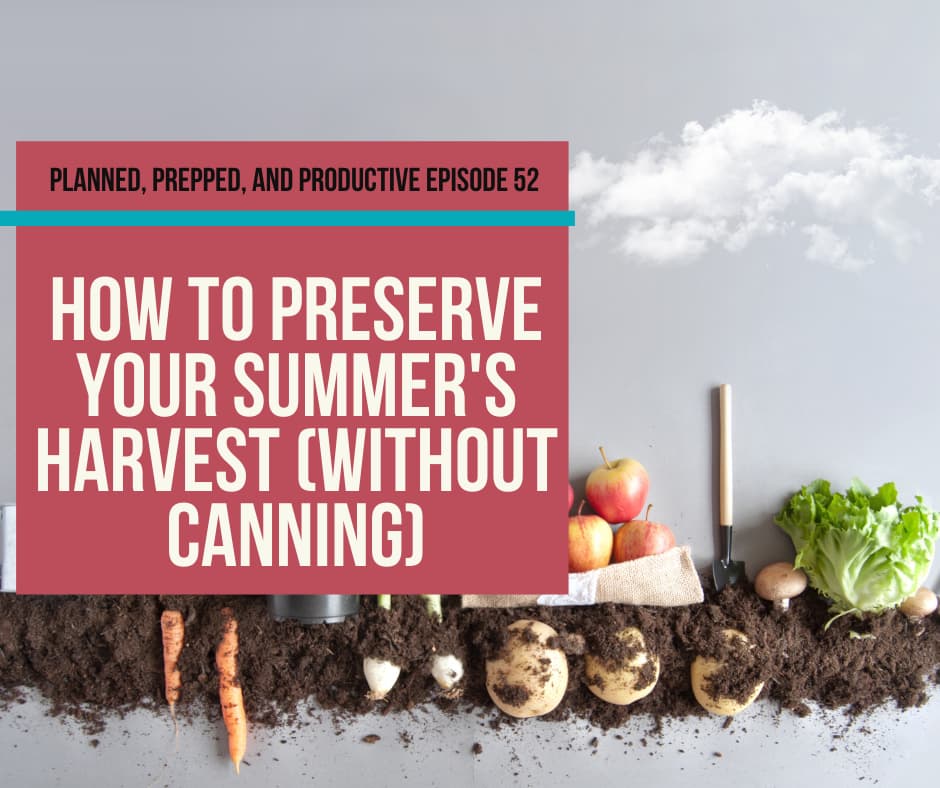
Today we’re talking all about summer produce.
I love to garden. When those tiny plants poke through the soil in the spring I feel like the proudest plant mom around!
…but by the end of summer sometimes the seemingly neverending bounty can seem more overwhelming than fun.
I remember my first year gardening mounds and mounds of produce piling up on my counter and I had no idea what to do with it all!
In later years I tried canning, but I’m not a huge fan of canned foods! I used almost all of my tomatoes to make salsa and I didn’t even like it when I was done.
So what do you do if you want to garden, but don’t want to can (and also don’t want to doorbell ditch all your hard-earned produce on your neighbors)
How to preserve your summer harvest without canning
There are 3 basic ways you can preserve your summer harvest without canning.
They are all relatively simple and do-able with a basic kitchen and basic kitchen equipment (Yay!)
3 ways to preserve your summer harvest without canning
Root Cellar/Cold Storage
Late season crops tend to be super hearty…which is awesome! What this means for you is that many crops will last months in cold storage without canning or freezing!
Things like winter squash or potatoes last a particularly long time!
The key is finding a nice cold place to store your produce.
A refrigerator is the obvious choice, but most of us don’t have enough extra fridge space to store our produce for weeks on end.
The cool thing though? Any cold spot in your house will do! Use the chart below to see what temps your fruits and veggies prefer, but also keep in mind that it doesn’t have to be perfect. A relatively cold spot should work great!
Cold storage chart for fruits and vegetables
Think your basement or maybe your garage.
If you are more of a gardening enthusiast and want to get more technical you can actually build your own root cellar. Some designs are complex, and others are very simple and require only a little elbow grease! Check out the options below.
Once you’ve found your spot there’s a few more things you need to keep in mind.
First you should determine how long your produce might reasonable last. Check out one of my favorite resources on that here!
Eat by Date (Resource for determining how long foods last)
Next you’ll want to cure your produce to preserve your summer harvest. Curing simply means drying out the skins of produce until it’s hard. This process makes the vegetables heartier and better able to survive the winter. This post explains how.
Some of these are obviously very complex, but some are really simple and involve burying a galvanized steel garbage can in the ground. I’ve included a link for you to check out options. I am thinking I’ll convince my husband to go for the simple buried barrel method (maybe after a few years of proving that I have a green thumb!) bonus, how fun would that spot be for hide and seek? Pretty great I say!
I’ve got just a few more notes on preparing your veggies for winter before we jump into other storage options.
The first thing is that if you want your veggies to last, you should put them through a curing process.
A curing process is done to harden the skin on your veggies (particularly winter squash or even potatoes). This is done by leaving them in the sun for several days up to over a week, rotating occasionally to harden out the skin.
This process makes them much heartier and able to survive the winter.
The last thing is to keep your fruits and veggies separated from each other in the bin. This can be done with newspaper, burlap, hay, etc…
Dry your vegetables
The second way you can preserve your summer harvest
This method can be really useful for certain items like herbs, tomatoes, things that won’t last well in cold storage, but it’s not my choice for most items.
Most people think you need special equipment (like a dehydrator) to dry vegetables, and while that would certainly come in handy, you can also just use your oven.
I am dropping a link in the shownotes on using your oven to dry vegetables. It involves using your oven on the very lowest temperature, small bite-size pieces, and occasional rotating to make sure they’re completely dried out without burning.
Freezing your summer harvest
The last way to preserve your winter harvest without canning is by freezing.
Almost any fruit or vegetable can be frozen, and in my opinion, next to cold storage, freezing changes the taste of food the least.
In order to give you more details I’m dropping a link in the shownotes to a freezer and refrigerator storage chart to help you know how long things will last in the freezer and what kinds of things you can freeze.
The chart will cover the what, i’ll dig into the how here
How to flash freeze to preserve your summer harvest
The first thing I want to talk about is flash-freezing.
Flash-freezing is a technique I use for almost everything I freeze.
Flash-Freezing simple means laying out your produce on a sheet pan or plate and freezing it until just frozen before moving it to another container or a freezer bag so the items stay separate.
I love this process as it makes your frozen produce fast and easy to use without thawing! It’s the same way you buy your frozen vegetables in the store. If you skip this step you’ll end up with blocks of frozen vegetables. Still usable of course, but not nearly as convenient.
The second thing to talk about is blanching.
What is blanching?
Blanching is not required for all produce, but some things do better when they are blanched.
Blanching involves boiling product until it’s barely cooked or even not quite cooked and then plunging it in ice water to stop the cooking process.
I usually blanch green beans, broccoli, carrots, and potatoes
With those two tips you’ll be ready to prepare your summer harvest for the freezer.
Use your imagination
The last thing I want to chat about is using your imagination a little. I find that I often use completed dishes from my freezer more than I do ingredients.
So instead of just freezing your tomatoes (you can if you want to) I’m more likely to use a frozen salsa, or spaghetti sauce, or something made out of the tomatoes.
I could dry or freeze basil, but I’m more likely to use a completed frozen pesto sauce.
Figure out what you are most likely to use and freeze that instead of just freezing your ingredients to get lost in the freezer.
I hope this episode was helpful. I hope you are ready to be enjoying your garden-fresh produce all winter long with these methods!
I will miss you guys over the next four weeks, but promise to be back refreshed and with better content than ever for you!
When we come back we’ll talk about my method for planning balanced meals (with some mindset tips and tricks as well!) You won’t want to miss it!
Catch you in october, and happy planning!
You might also like:
Beginner’s guide to freezer meal prep
